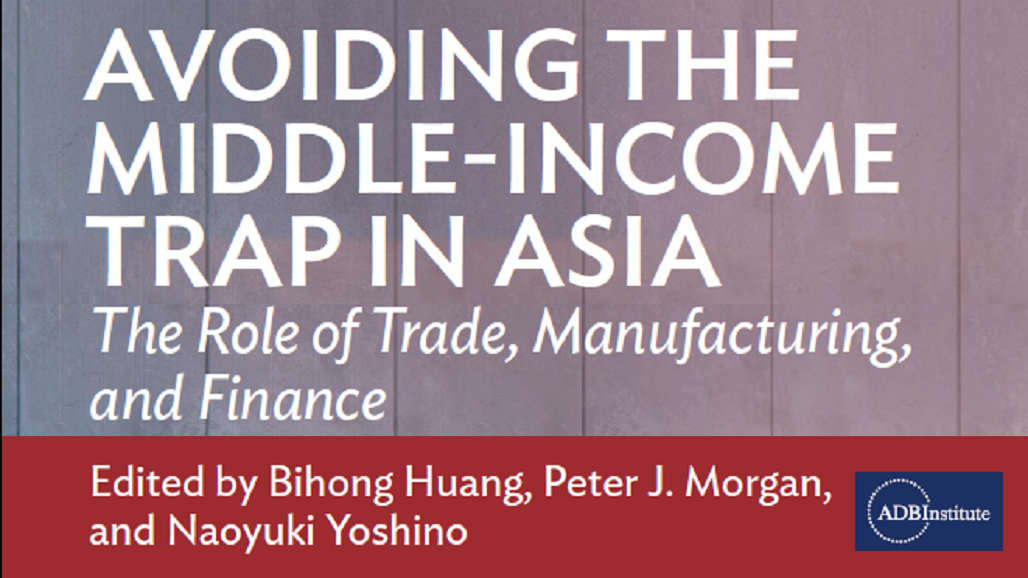 Manila – The Asian Development Bank recently presented a research titled Avoiding the Middle-Income Trap in Asia:The Role of Trade, Manufacturing, and Finance. The publication explains the middle-income trap, with a focus on the experience of the People’s Republic of China, whose policy makers show great interest in the question.
Manila – The Asian Development Bank recently presented a research titled Avoiding the Middle-Income Trap in Asia:The Role of Trade, Manufacturing, and Finance. The publication explains the middle-income trap, with a focus on the experience of the People’s Republic of China, whose policy makers show great interest in the question.
Growth in high-income countries differs qualitatively from that of middle-income countries, and hence requires different factor endowments, industrial structures, and policies.
Avoiding the “middle-income trap” has become a major topic in the economic literature and a key concern for policy makers, even though a precise definition of it and empirical evidence for it remain elusive. The basic argument is that growth in high-income countries differs qualitatively from that of middle-income countries, and hence requires different factor endowments, industrial structures, and policies. Increased capacity to innovate and economic reforms are seen as vital to support higher value-added production. Since achievement of high-income status is a key goal of many policy makers, understanding the factors that hinder or support this transition becomes important.
To access other related ADB publications contact ADB Publishing Website at https://www.adb.org/publications.


Leave a Reply